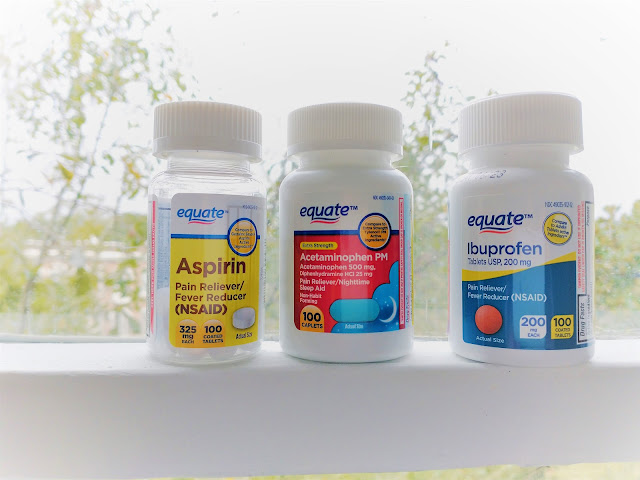 |
| Bottles of elixir. September 2010. Photo credit: Mzuriana. |
Summary
- There are prescription and over-the-counter (OTC) meds that carry a risk of deleterious effects on elder folk, which is not present for younger adults.
- Historically, researchers have excluded older people from their clinical trials on new drugs' effectiveness and side effects.
- There is a list of medications that a panel of experts in medicine and pharmacology have identified as potentially harmful to elders.
- That list is the BEERS Criteria for Potentially Inappropriate Medication Use in Older Adults.
- More of us need to know that the BEERS Criteria exists so that we can make more informed decisions.
How many drugs do elders take, on average?
Last fall, on a wellness visit with my new healthcare provider, I was asked for the names of the medications I was on. I said I took a B12 supplement. The nurse expressed some surprise, and I asked about that. Why? Do most of the patients my age take meds? Yes, she said.
So I did some digging on the subject: How many meds do 65+ year-olds ingest on a regular basis?
From Kaiser Family Foundation:
Nearly nine in ten (89%) adults 65 and older report they are currently taking any prescription medicine. This compares to three-fourths of 50-64 year olds who report taking prescription drugs, half (51%) of 30-49 year olds, and four in ten (38%) 18-29 year olds. Older adults are also more likely than their younger counterparts to be taking multiple prescription medications. More than half of adults 65 and older (54%) report taking four or more prescription drugs compared to one-third of adults 50-64 years old (32%) and about one in ten adults 30-49 (13%) or 18-29 (7%).
From Aging Care:
Research shows that the average older adult takes four or more prescription drugs each day, but a whopping 39 percent of seniors take five or more prescriptions each day. While each one was created to treat or manage a specific medical problem, each also comes with its own risks and side effects. The more medications a person takes, the higher the chances are for experiencing adverse reactions, negative side effects and even life-threatening conditions. Overall, polypharmacy in the elderly is a major contributor to disability, frailty, falls, long-term care placement and a decreased quality of life. [Emphasis added.]
NOTE: A bucket called "age 65 and older" is not terribly useful, as it spans up to 25+ years (or until death). So based on our current medical culture, of course a 90 year-old might be expected to take more meds than a 65 year-old, thus her high number skews the average for the 65 year-olds. I'd prefer to see five-year statistical sets for comparative analysis, e.g. 65-69, 70-74, etc.
BEERS
From Elderhood, by Louise Aronson, I learned about the AGS Beers Criteria® for Potentially Inappropriate Medication Use in Older Adults.
The American Geriatric Society's (AGS) BEERS Criteria (2019) includes both over-the-counter and prescription drugs.
Examples: Ingredients in the three common pain relievers below are on the BEERS Criteria for potentially serious harm, depending on the frequency of use, the reason one is taking these meds, and the user's age (e.g. older than 70 versus older than 65):
 |
| Aspirin, nighttime acetaminophen, and ibuprofen bottles. December 2021. |
Although the bottle labels on these three list contraindications, none explicitly speak to older adults except for:
Aspirin and ibuprofen: Higher risk for stomach bleeding if over age 60
Consequently, elders don't have the information they need to make informed decisions about their self-care for pain management (in particular, the management of chronic pain).
Resources
On one hand, I like that Health in Aging provides this Tip Sheet: Ten Medications Older Adults Should Avoid Or Use With Caution. For one, I like that the very title is a heads-up to people that there are special considerations at all for older adults and meds. On the other hand, it is frustratingly opaque about the caution against NSAIDs: It withholds the most common examples of NSAIDS. Which are aspirin and ibuprofen. Also, the tip sheet is completely silent on the daily use of low-dose aspirin as a preventive for heart attack or stroke. The guide's curious opacity is irresponsible, in my opinion.
A more helpful guide is Health in Aging's Tip Sheet: What To Do And What To Ask If A Medication You Take Is Listed In The AGS Beers Criteria® For Potentially Inappropriate Medication Use In Older Adults. It includes examples of NSAIDs and also specifically that there is a pro/con relationship between aspirin and heart attacks.
No comments:
Post a Comment